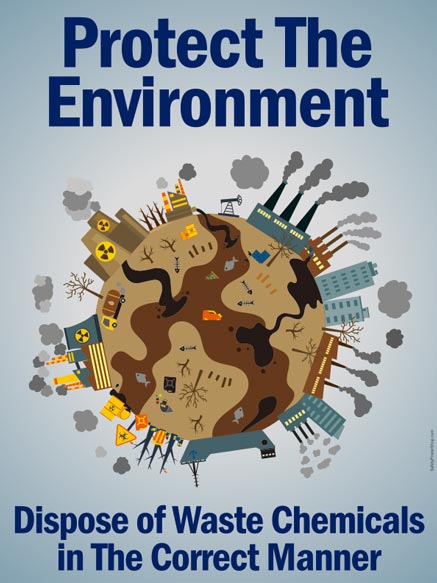
After addressing these general rules, it briefly recalls some other relevant provisions of IHL before turning to possible avenues to strengthen the legal protection of the environment in armed conflict by clarifying or further developing IHL in this respect, taking into account the protection provided by international human rights law and international environmental law.


Protection of the environment in areas affected by armed conflict. Legal and policy initiatives to address the environmental dimensions of armed conflicts and their impact on people, ecosystems and sustainable development are highly dependent on the availability of environmental data from conflict-affected areas. Rather than focusing on these specific provisions, this article seeks to examine the general protections under IHL, in particular the characterisation of the natural environment as a civilian object and the legal protection flowing from this characterisation – namely the general rules on the conduct of hostilities. during armed conflicts in the aftermath of deliberate environmental damage in the. Much of this research has focused either on the specific protections provided in international humanitarian law (IHL), or on the applicability of international environmental law to situations of armed conflict.

Considerable research has been conducted, particularly since the Iraq-Kuwait war of 1991, on the legal protection of the environment in armed conflicts. measures, in the event of an armed conflict, to protect the environment of the territories that indigenous peoples inhabit.


 0 kommentar(er)
0 kommentar(er)
